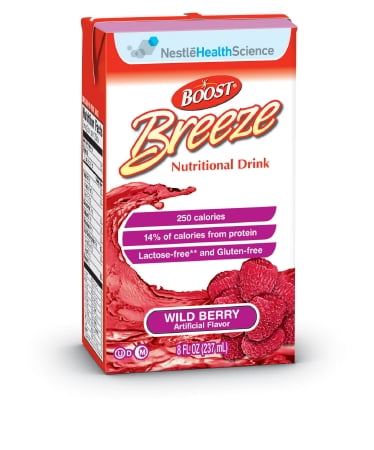Disaster preparedness often calls for more than just basic supplies. Knowing how to make your own survival food kit is an indispensable skill that ensures long-term sustenance in times of crisis. This article will walk you through the essential steps to create a food kit tailored to your specific needs and preferences.
Why You Need a Survival Food Kit
Natural disasters, power outages, or even unexpected emergencies can strike at any time. Having a properly stocked and well-thought-out survival food kit can make the difference between comfort and distress:
- Peace of mind: You’ll know you’re prepared for any eventuality.
- Nutritional balance: Customized kits ensure you get the nutrients you need.
- Cost-effective: Homemade kits are often more affordable than pre-packaged options.
Steps to Make Your Own Survival Food Kit
1. Assess Your Needs
Start by estimating how many people you’ll need to sustain and for how long. Common time frames are 72 hours, one week, or one month. Consider dietary restrictions, allergies, and age-appropriate needs.
2. Choose the Right Foods
Focus on non-perishable, nutrient-dense items. Here’s a list to get you started:
- Canned goods (vegetables, beans, meats)
- Dried fruits and nuts
- Whole grains like rice and quinoa
- Protein bars and meal replacement shakes
- Freeze-dried foods
- Peanut butter or other nut butters
3. Packaging and Storage
Proper storage is crucial for the longevity of your food items:
- Use airtight containers or vacuum-sealed bags to prevent spoilage.
- Store food in a cool, dark place.
- Rotate stock regularly, keeping track of expiration dates.
4. Water Supply
Don’t forget to include a substantial water supply. Generally, one gallon per person per day is recommended. You can also pack water purification tablets or portable filters.
5. Miscellaneous Essentials
A complete food kit isn’t just about food and water. Consider adding:
- Manual can opener
- Portable stove or fuel source
- Eating utensils and paper plates
- Cooking pot and basic spices
FAQs
What foods should I avoid?
Avoid foods with a short shelf life, high salt content, or those requiring refrigeration after opening.
How often should I update my kit?
Regular checks every six months are advisable to ensure nothing has expired.
Can I include homemade dried or canned items?
Absolutely, as long as they are properly sealed and stored.
Additional Resources
For more detailed instructions and a complete checklist, visit this guide on how to make your own survival food kit.
By following these steps, you’ll be well-prepared for any emergency, providing peace of mind and adequate nutrition for you and your loved ones.



